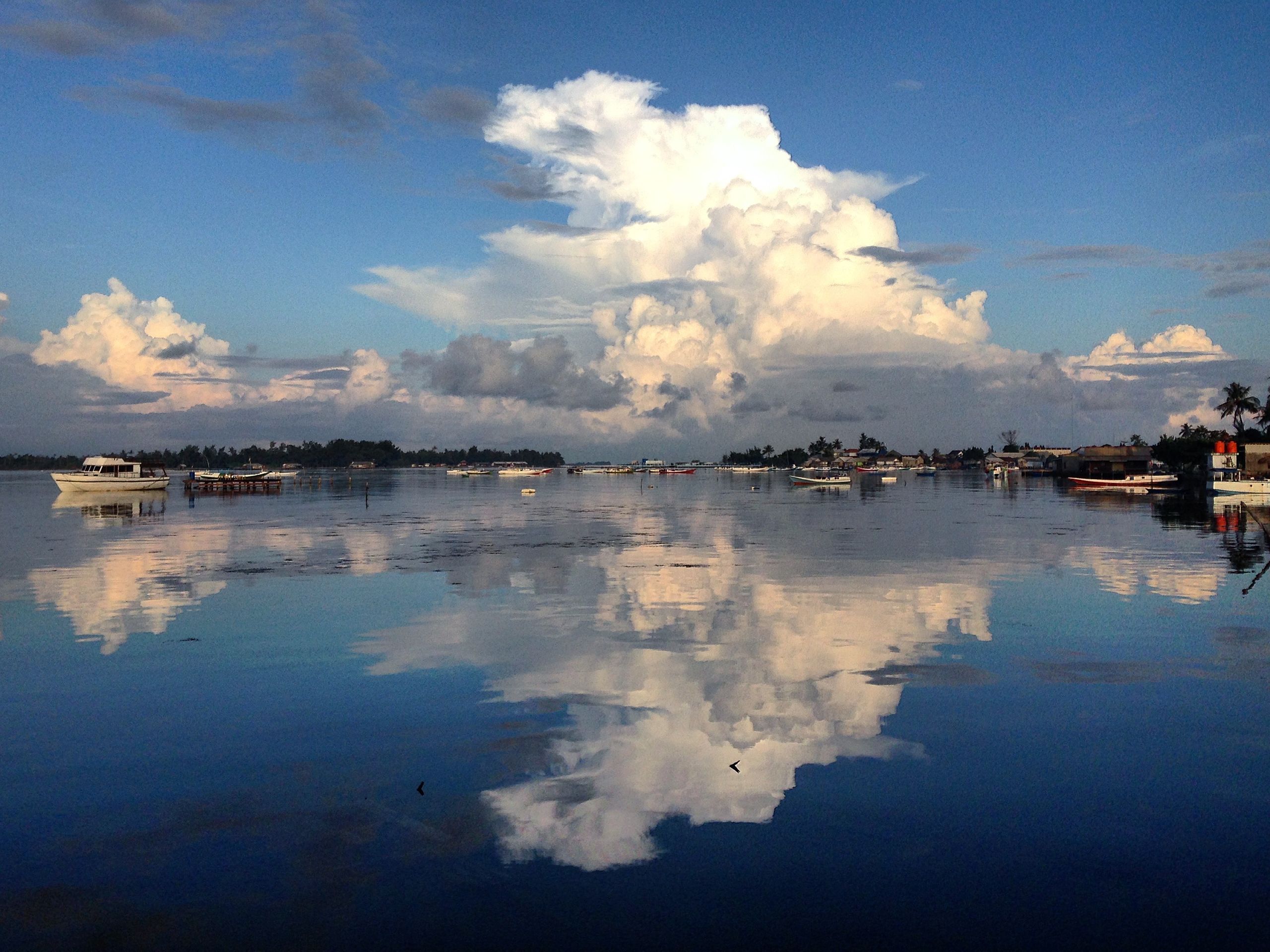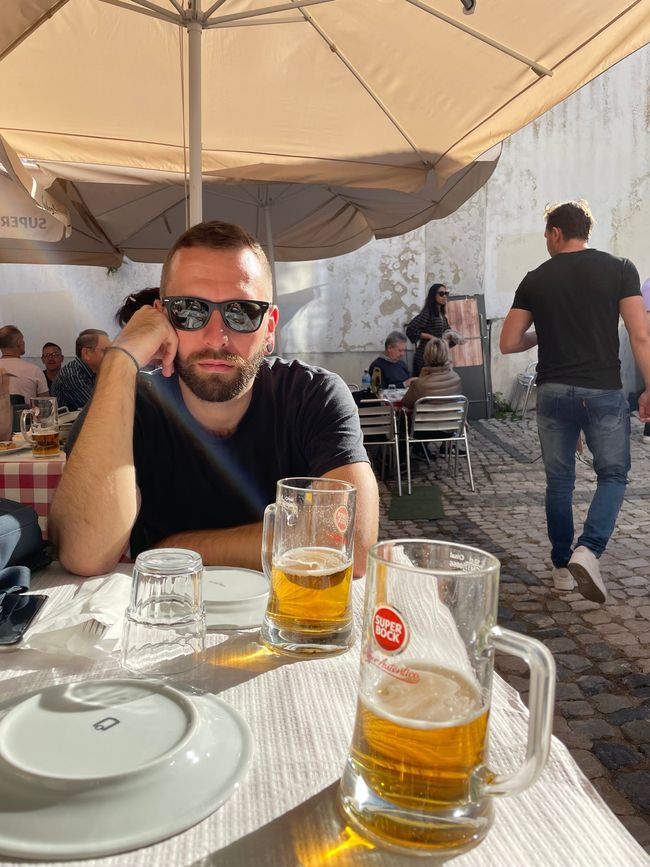Buenos Aires
Verëffentlecht: 14.06.2024
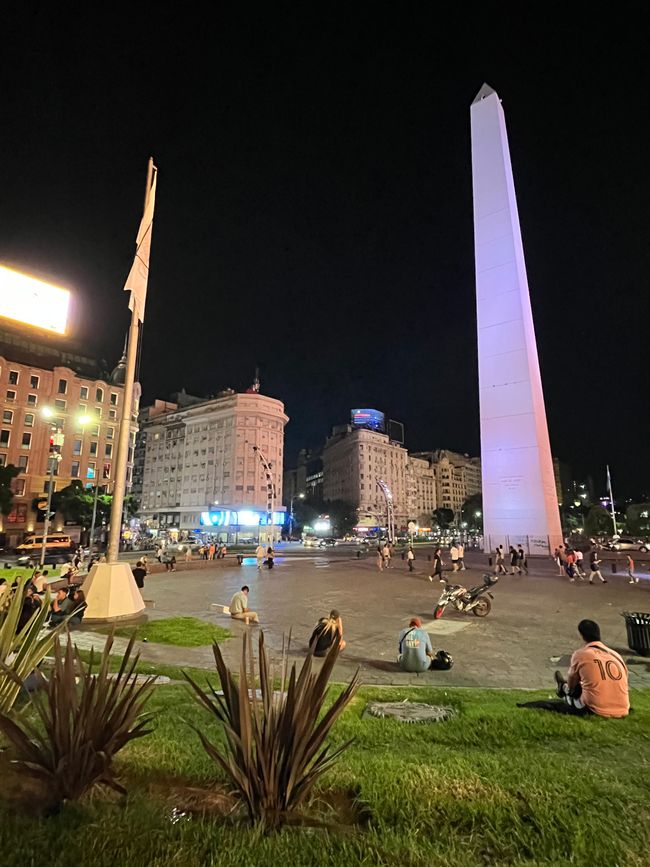

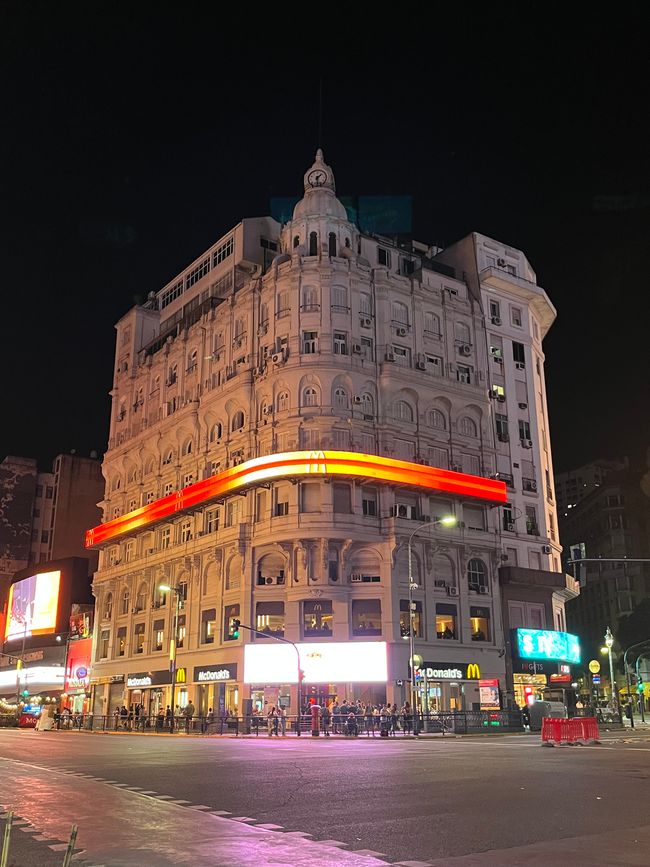
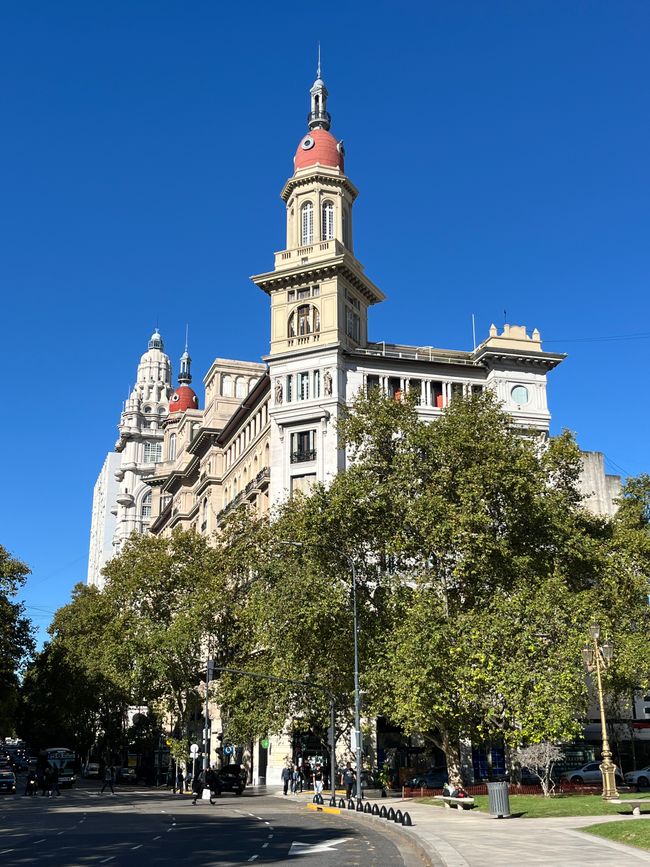
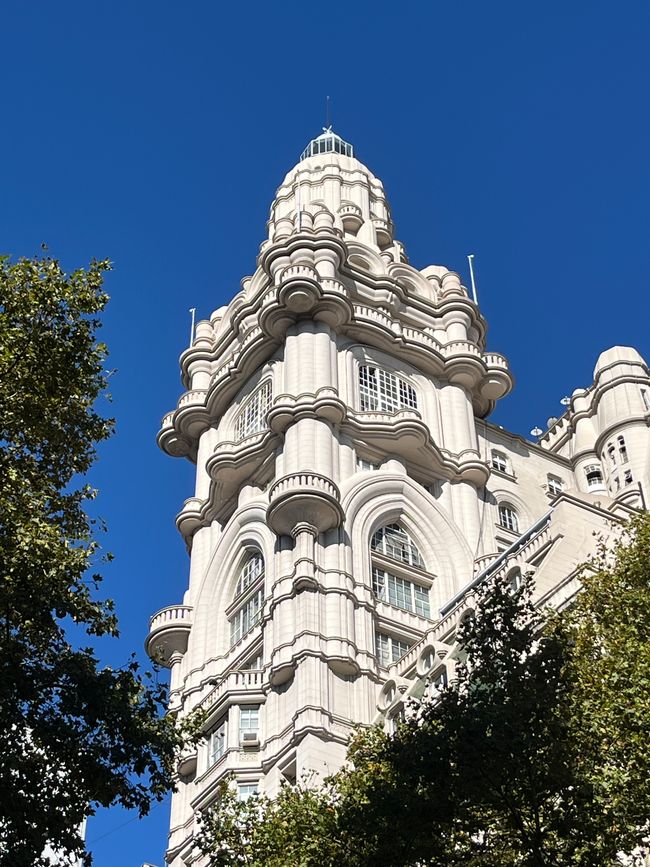
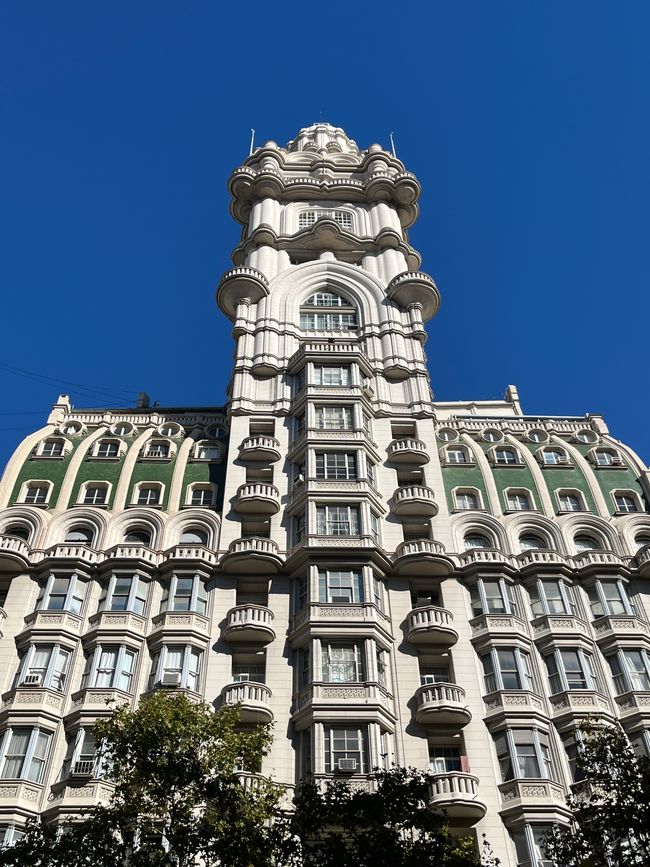
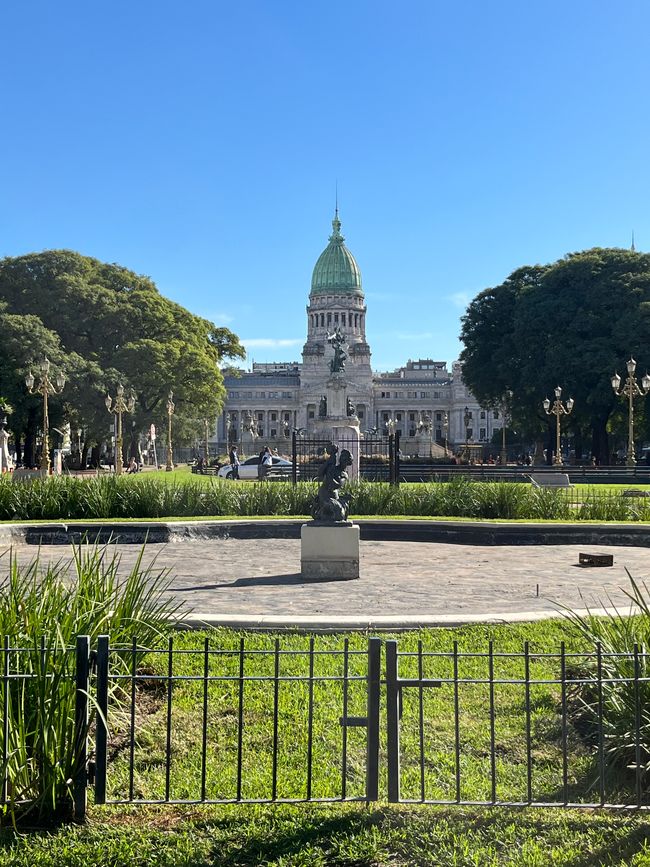

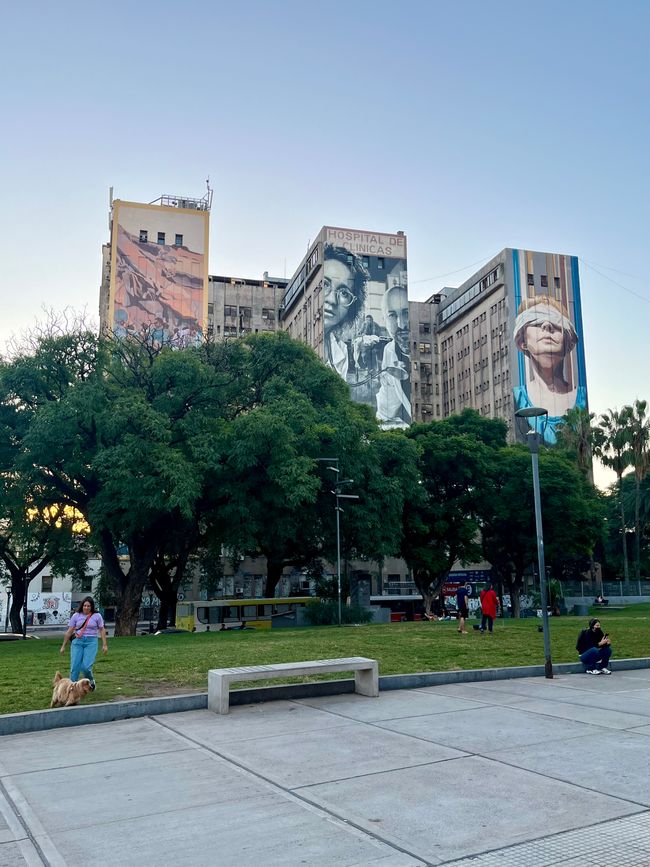
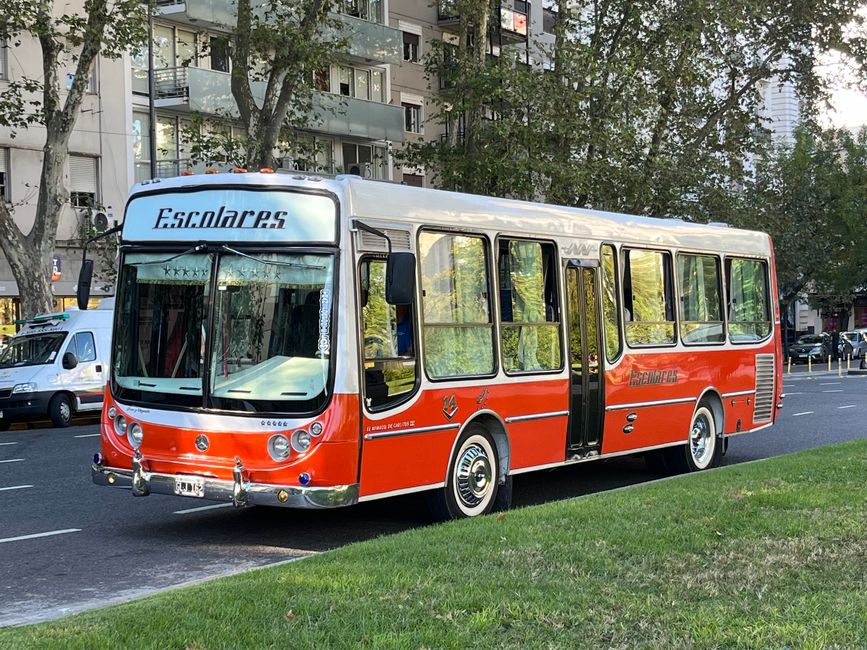
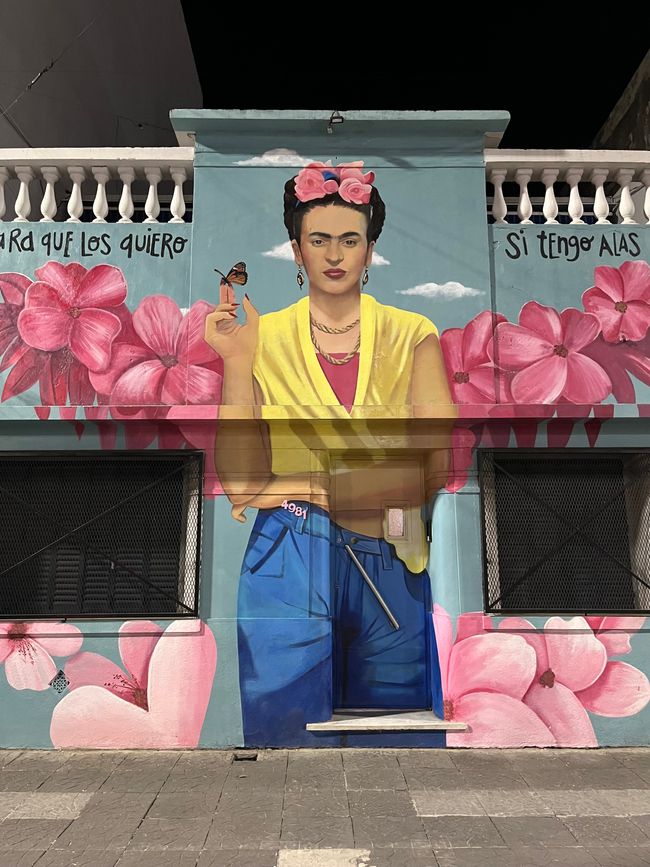
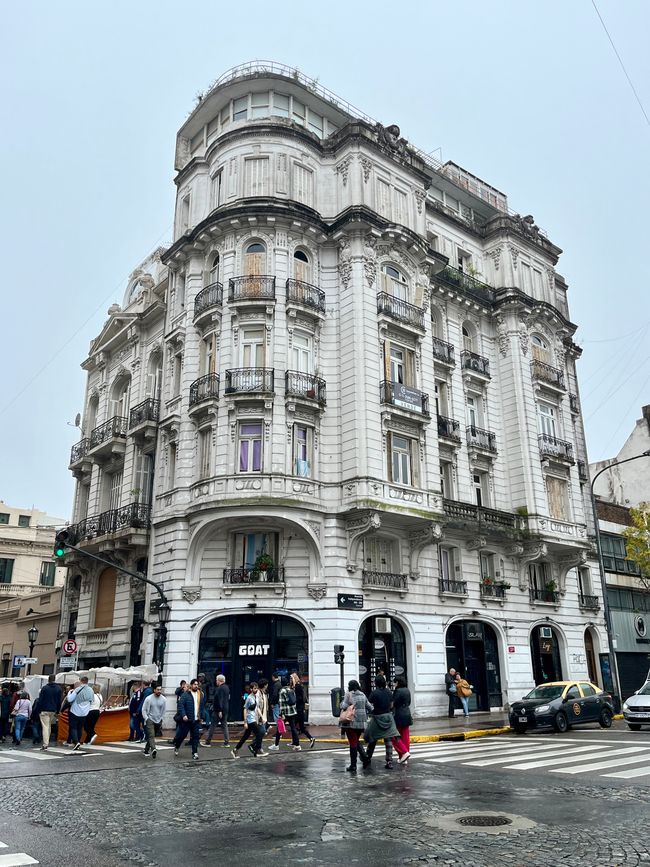

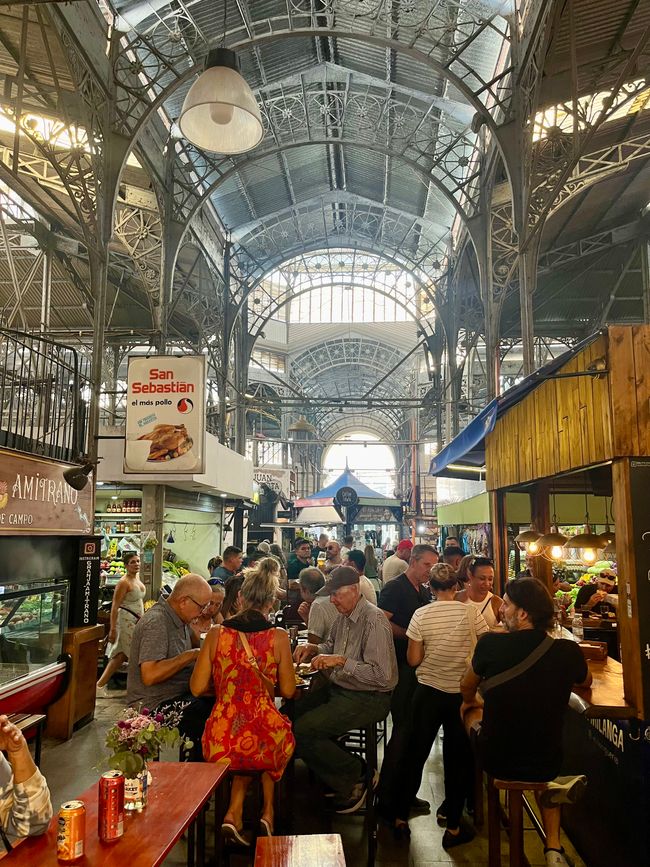
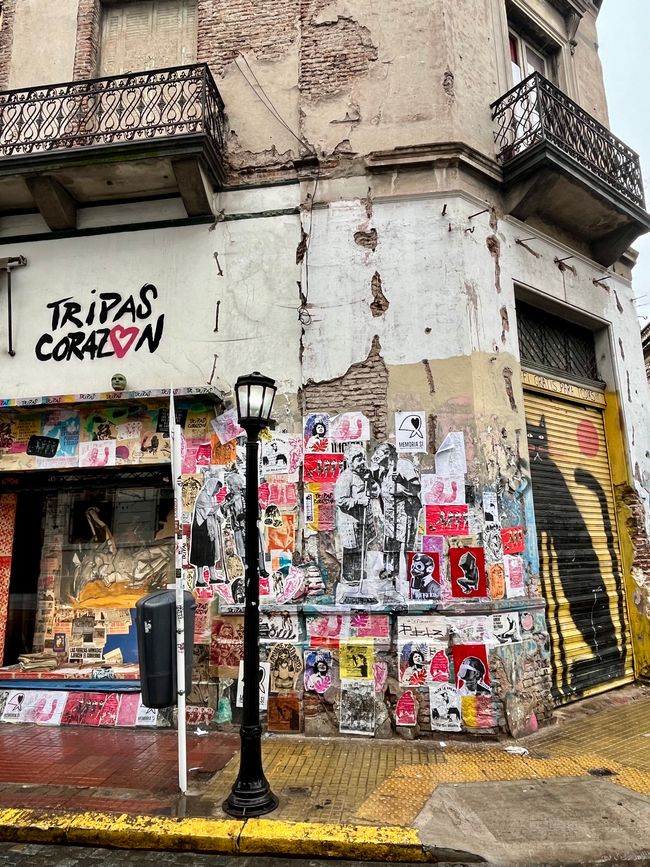
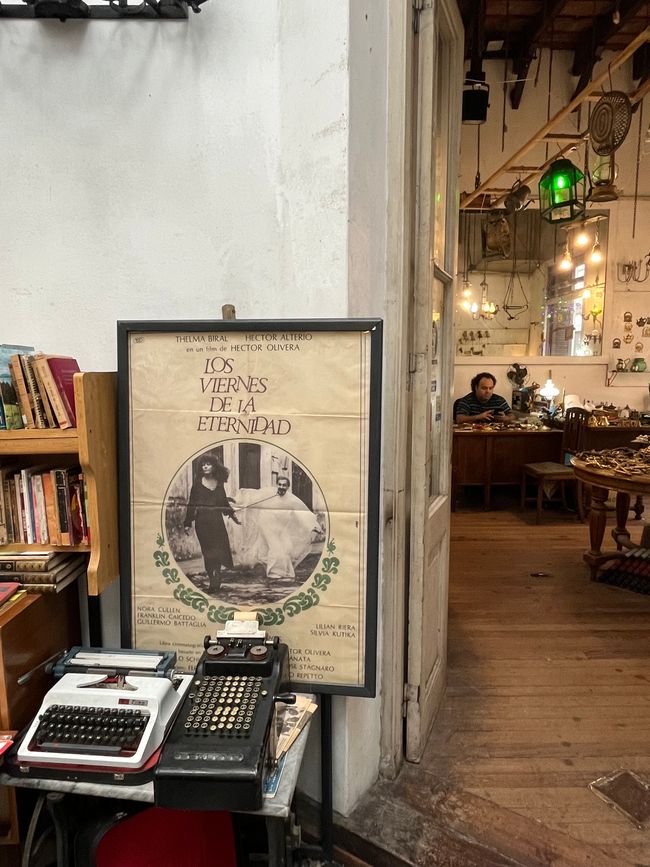
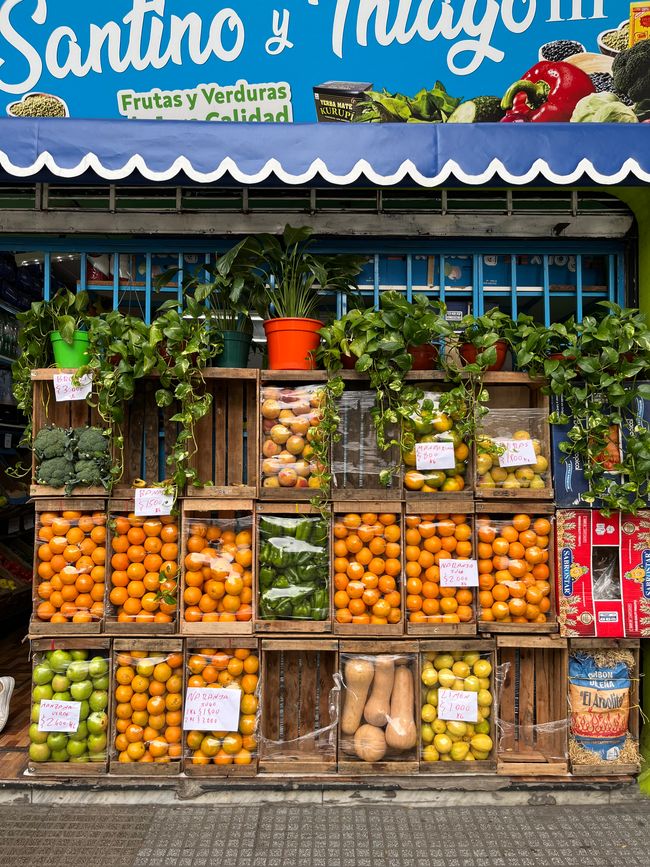
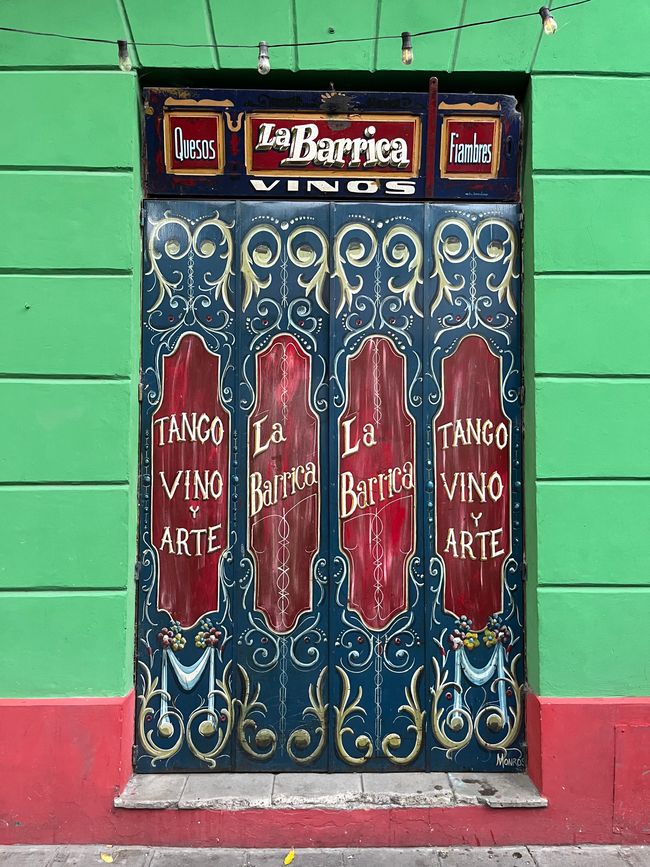
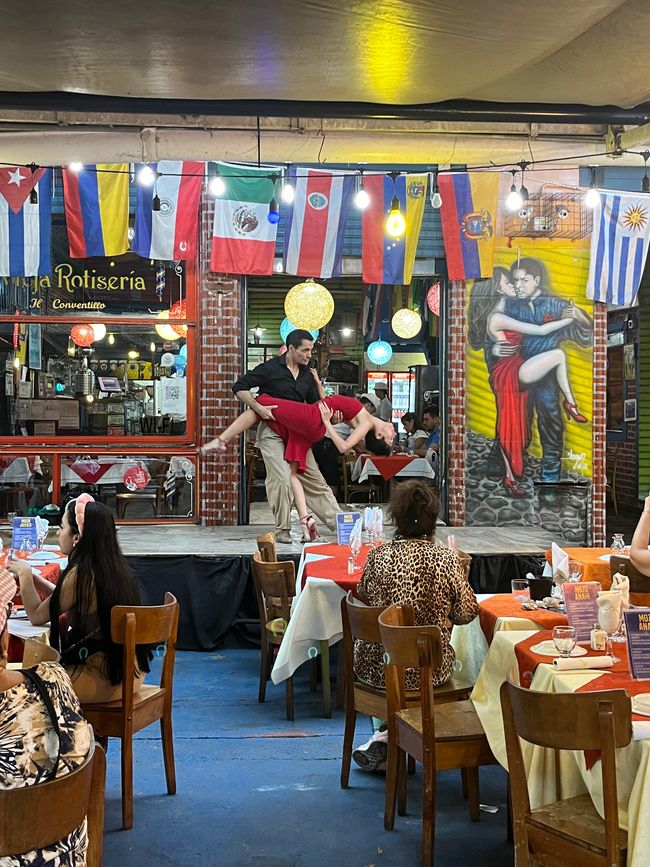
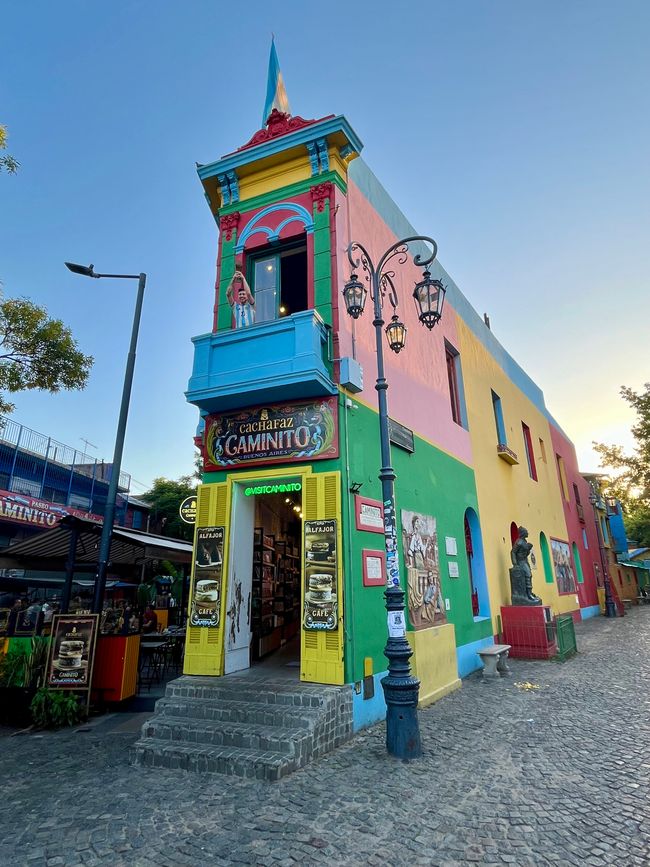
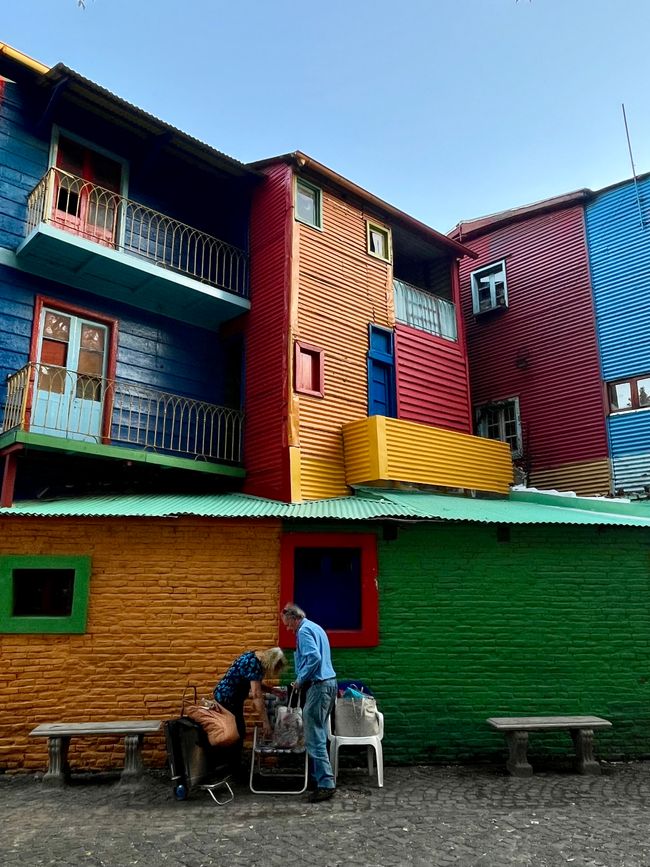
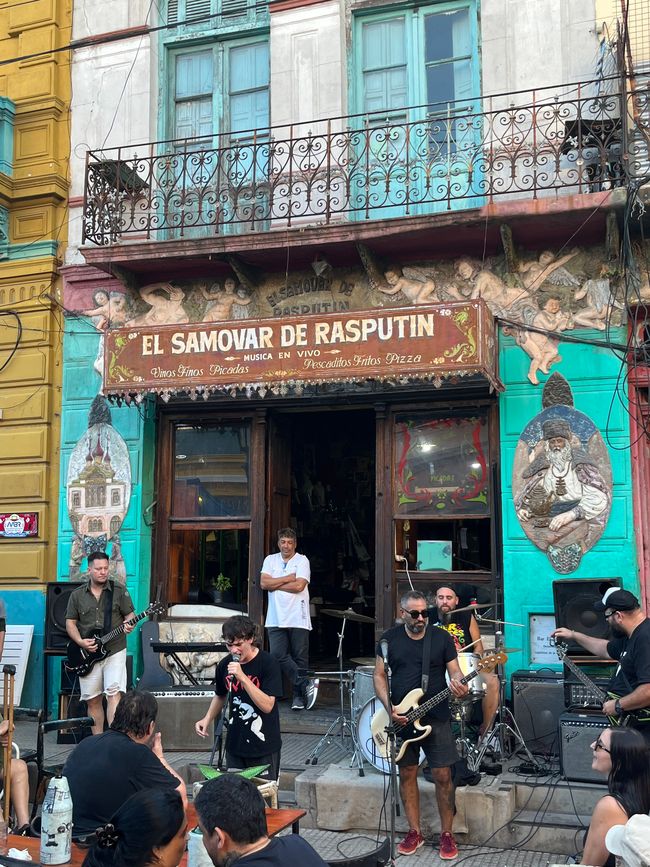
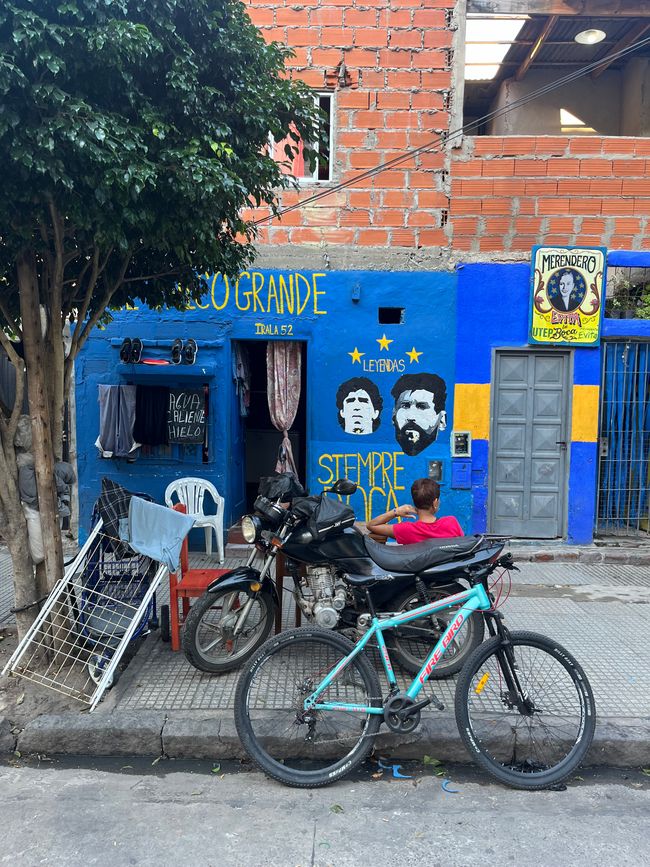
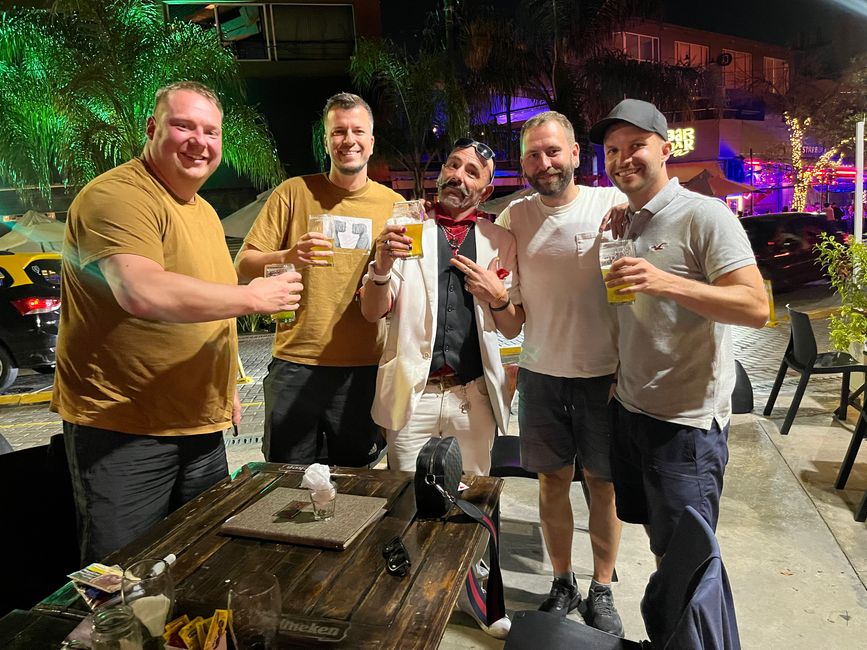
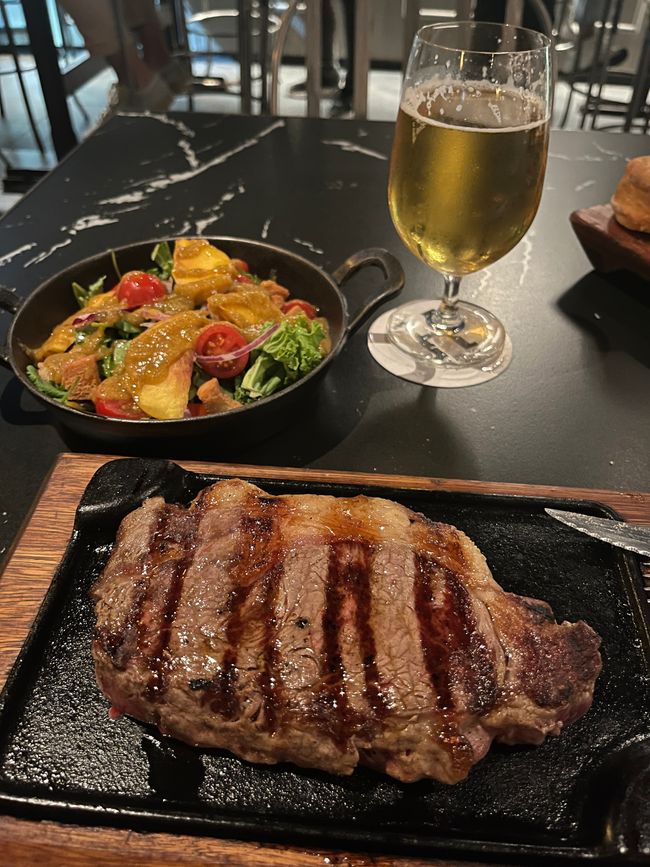
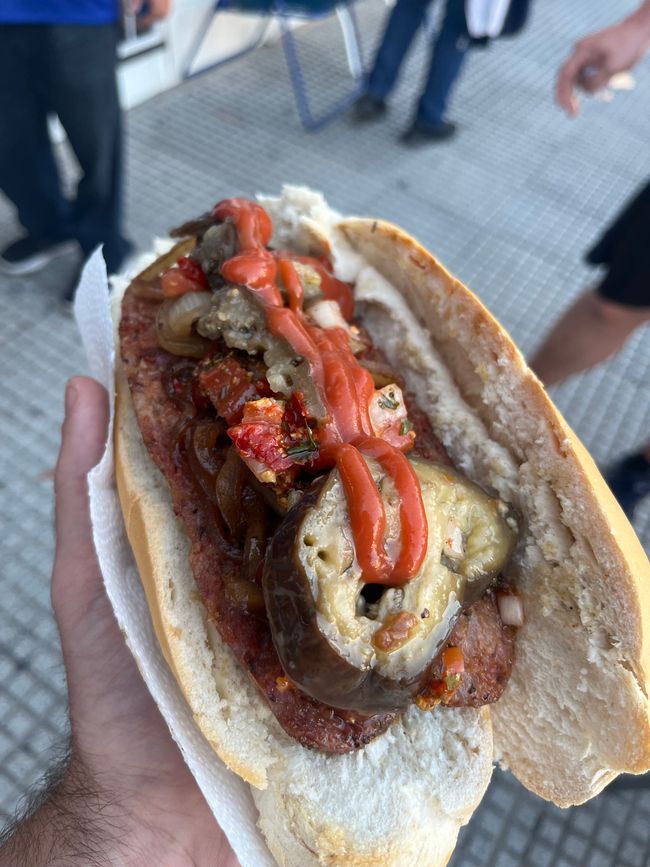
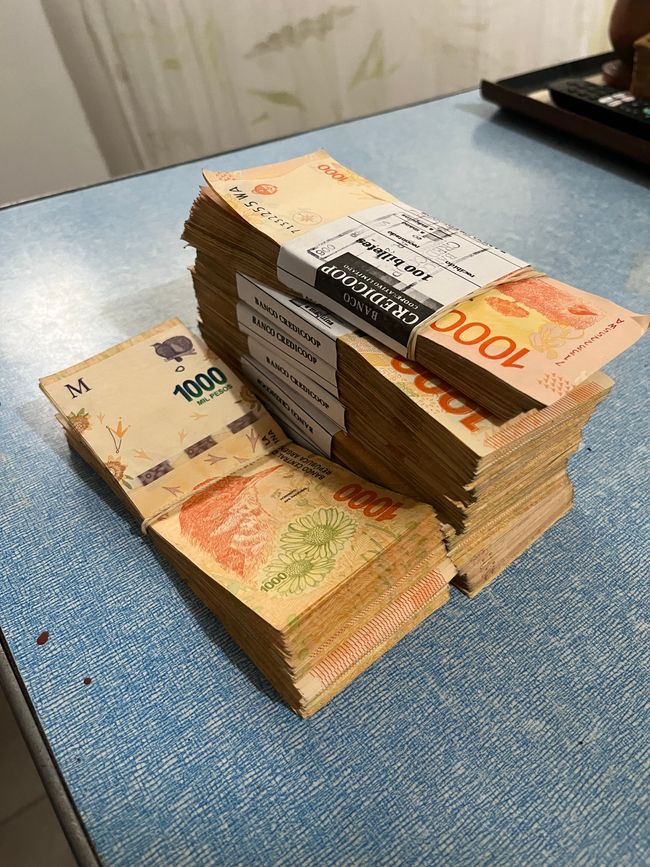
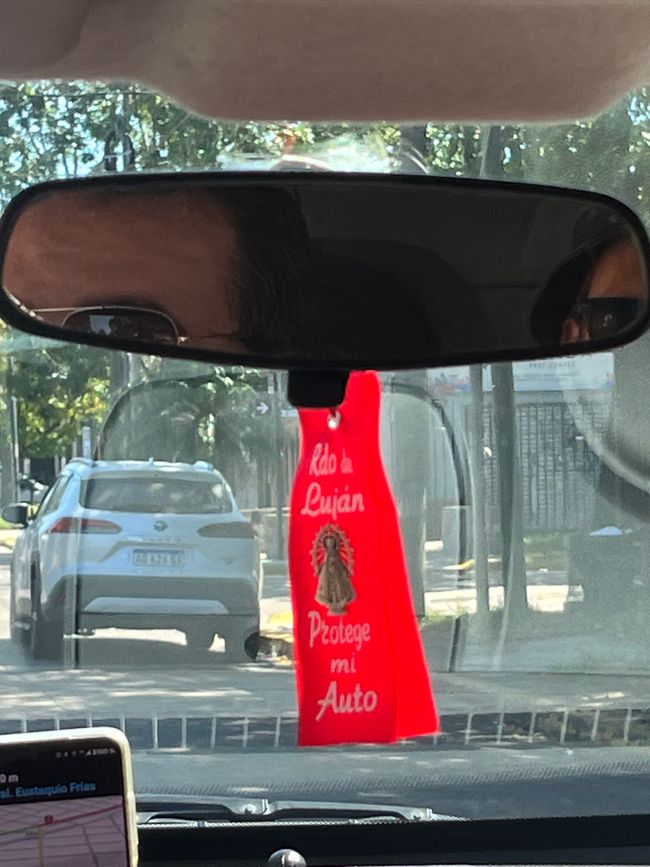

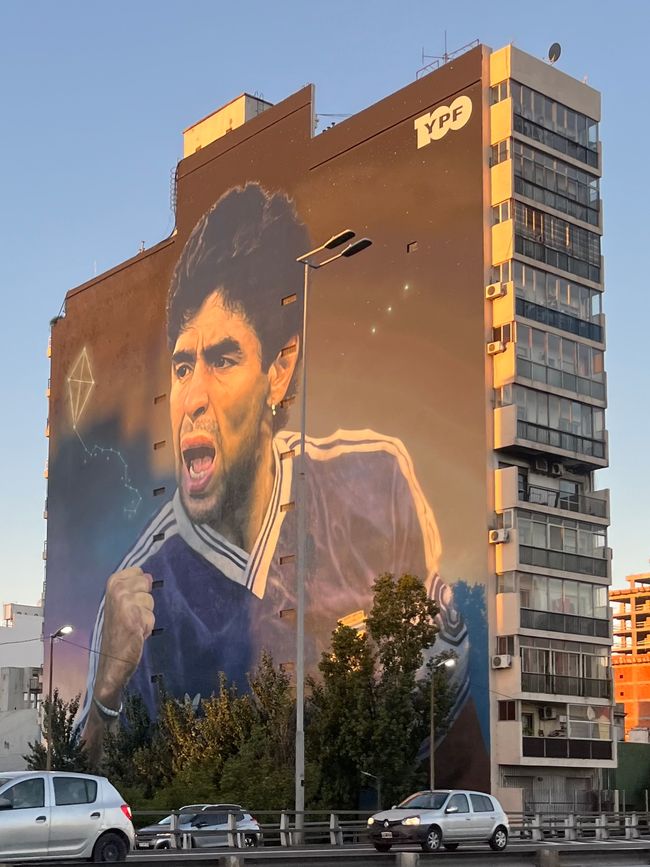
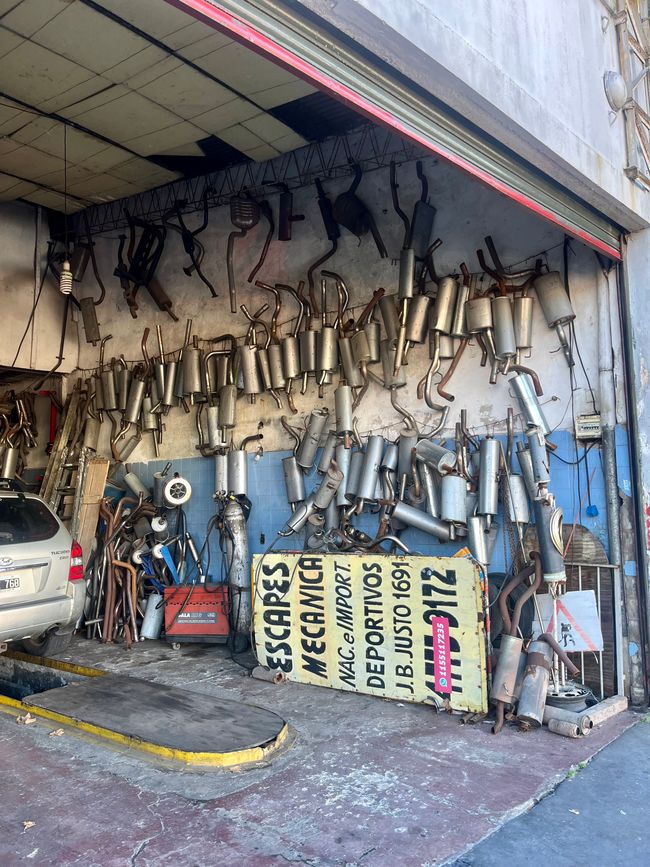
Abonnéiert Iech op Newsletter
We then continued on to Buenos Aires, the world capital of tango, football, mate tea and beef chorizo.
What seems strange immediately after arrival is getting cash. With inflation of well over 250%, it can happen that after a few days your monthly salary is only worth a fraction of that amount in your account, and so many Argentinians try to get rid of the worthless paper as quickly as possible and exchange it for hard currency, such as US dollars or euros. This led to the emergence of a parallel market for exchanging money (the so-called blue dollar), and as a foreigner you could sometimes get almost three times the official rate on the black market. The big party is over thanks to regulatory measures by the government, but you can still get 20% more for your euro if you exchange it at one of the numerous unofficial cambios.

In our case, the WhatsApp number of the black banker was given directly for the first transaction and, if necessary, the money was delivered free of charge. Since the largest note in the country is currently the 1000-franc note, which (as of mid-April) is roughly equivalent to 1 euro (blue dollar rate), the Cambio man was travelling with the proverbial backpack full of cash and we ourselves occasionally had problems transporting the incredibly large amount of cash compared to European standards.
Many stores have automatic counting machines at the checkout, which at least significantly shorten the waiting time when paying for your weekend shopping.
With pockets full of money, spending time in Buenos Aires is quite entertaining, you won't be overwhelmed by hundreds of top sights like in Rome or Paris. Nevertheless, there is a lot to see and the city's flair is also convincing with its very different districts and the fairly relaxed people.
They spent the night in Palermo, one of the bar and pub districts, quite close to the city center. And the time in Buenos Aires was also to be the last time they would spend with their usual company before the two fellow travelers could throw themselves back into paid work.
Admittedly, the focus in Buenos Aires was clearly on various stadium visits to the city's numerous professional clubs - after all, we are in the world capital of football, so what could be more obvious than to immerse yourself completely in this madness of fanaticism, passion and fan culture. But more about that in detail in a separate report.
The most famous son of this country, Diego Maradona, is omnipresent in the cityscape. The Messiah or God, revered like a saint. In every bar, in every restaurant and everywhere in the city: paintings, sculptures, murals, mosaics or oversized graffiti of the gifted ball artist and eccentric. In numerous small talk about football, some Argentinians have tears in their eyes as they rave about their Diego; one can only begin to imagine what significance the ball sport has for the people here. But most likely also because for many Argentinians it is often the only distraction from the hard everyday life in this crisis-ridden country.

The conflict over the Malvinas (known in our latitudes as the Falkland Islands), which led to a war between Argentina and the United Kingdom in 1982, is also omnipresent here. Over 900 people were killed at the time and the conflict has not been resolved to this day, as both parties continue to assert territorial claims to the archipelago. For the people here in Argentina, it is logically clear whose territory the islands belong to and this is also expressed everywhere in the cityscape of Buenos Aires. In addition to the numerous graffiti and flags, the antipathy towards the kingdom is still very noticeable in some cases, especially among the older generation. You are walking on very thin ice if you use the familiar term “Falkland Islands” in front of the locals. Malvinas - another word for the archipelago does not exist in Argentinian language.
Another thing that catches the eye in the cityscape are the beautiful older Mercedes buses that take you from A to B reliably and stylishly. Decorated with all kinds of chrome, brightly lit and partly decorated with extravagant leather interiors, you get a decent level of comfort for your roughly 30 cents per trip. The music system occasionally plays 70s and 80s evergreens through the often overcrowded cabins and you can let yourself drift through the city to “Time after Time” or other classics. Through the traffic jam in style, so to speak - I really like it.

Public transport in Argentina is heavily subsidised, the reason for this is probably the assumption that otherwise the whole thing would probably collapse. After all, the working population has to be kept happy and that doesn't work if the journey to work becomes unaffordable and an imposition.
The city center of Buenos Aires is home to the “Avenida 9 de Julio,” the widest street in the world. There is an even wider street in the Brazilian capital of Brasilia, which was designed on the drawing board, but since it consists mostly of green strips in between, it is a matter of debate as to which of the two cities can claim this title. Since this traffic artery around the obelisk (the symbol of Buenos Aires) was only added to the cityscape at a later date, an entire block of houses along the entire length of the avenue had to be demolished.

Despite the numerous multi-lane highways in the city center, the traffic situation is more than modest. Within the city districts, the neighborhoods are often laid out in a checkerboard pattern and you have to stop at a traffic light every 100 meters. Once you've made it out of the neighborhood, the traffic piles up on the exit roads and you're stuck in a traffic jam. Patience is required. And strong nerves when things start moving again. Sitting in an Uber, you often get the feeling that the drivers, in the best Michael Schumacher manner, want to show the German passengers the full range of their driving skills, which after a quick analysis are more like the skills of Quack the Crash Pilot. The only thing that helps is to take a deep breath and, ideally, look out the side window so that you notice as little of the madness as possible.
It almost went really wrong once: while driving much too fast on the city motorway, I glanced ahead and noticed that all the traffic in front of us had come to a standstill. However, the driver, whose job also included general traffic monitoring, did not have the situation on his radar and continued to speed towards the obstacle much too fast. An acoustic warning from the passengers finally led to an emergency stop and the vehicle was brought to a halt just in time. Almost simultaneously, the heads in the back seat turned 180° and two pairs of eyes focused on the traffic behind us. All we heard was a squeak, a brief moment of relief as the vehicle behind us came to a stop and everything that happened after that was pure chaos. While our car started to move slightly again, everything behind us crashed and banged. A roaring truck pushed everything together in the middle lane next to us and past us, parts flew through the air, airbags opened around us and when we started moving again a little faster, all we could see behind us was a huge tangle of sheet metal and metal. We were literally the last car that wasn't part of this pile-up. In any case, it is not a pleasant feeling to be sitting in a tin can and simply having to surrender helplessly to the situation without even the slightest chance of influencing it in any way. Phew - all worked out well. Probably with help from high up, because on the rear-view mirror of our car there was a kind of ribbon with a figure of a saint and the inscription "Rdo de Luján - Protege mi Auto" (Protect my car). So some saint was holding her protective hand over us. It definitely worked and as we got out, with shaking knees, we thanked Rdo de Luián again. Well done!

If you are not risking your life on the city's motorway, you can also spend the day relaxing in one of the many parks. In general, you have to say that the city is quite green and there are numerous oases where you only partially notice the troubles of the big city.
The artists' quarter of San Telmo is also ideal for slowing down, with its colourful houses, the wonderful market hall and all kinds of flea and junk markets. Here it smells of art and junk, paper and glue. And Sundays in particular are made for strolling through the quarter and admiring the antique displays in the numerous shops, while somewhere a record player fills the scene with local folklore.

On the culinary offerings in the city: If you are a lover of animal products, you will feel very well looked after here. At any time of day, a grill is sizzling somewhere, it smells of charcoal and countless chorizo are waiting to be eaten. The chori sausage, cut lengthways and served in bread (as a chori pan), is part of the cultural heritage here. Add to that a variety of vegetable side dishes and the delicious chimichurri as a spice and you have a quick snack for in between meals. But the finest Argentinian beef can also be bought here for a fairly small sum and the so-called asado (also called barbecue or grilled food) is much more than just a feast here and serves to promote social peace and exchange, with the entire neighborhood often sitting together. Fernet Branca is served with it in cut-off Coke bottles (the Argentinians like to claim the origin of Fernet for themselves, although it actually comes from Italy) and for a while the world seems absolutely fine.
That was just a brief overview of Buenos Aires and after a few weeks it's time to move on. Because hopefully there are more adventures waiting for me. More stories and background information about my stay in Buenos Aires can be found in person by contacting the author of this text. ;)
Abonnéiert Iech op Newsletter
Äntwert
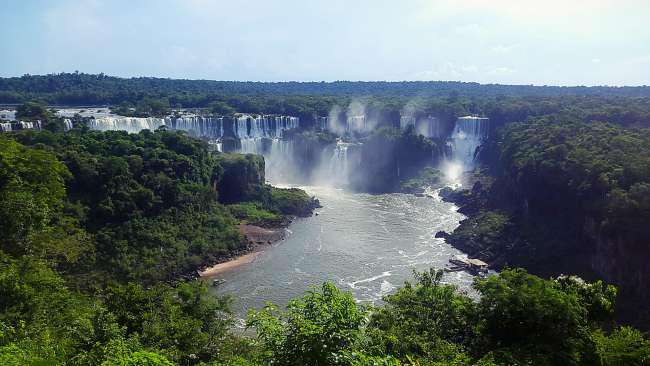
Reesberichter Argentinien
